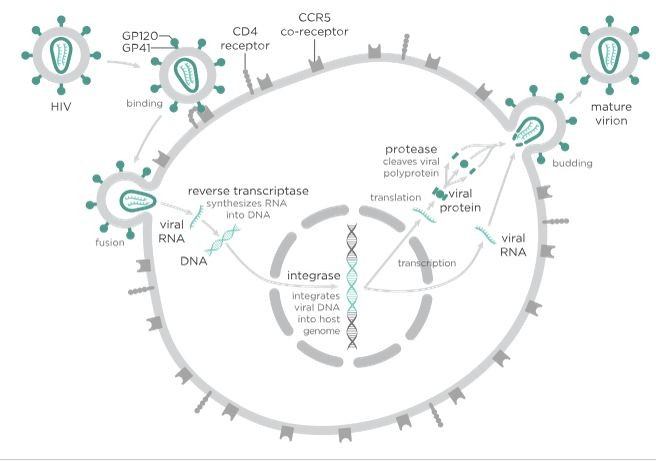A potent new compound that successfully combats all known strains of HIV, or the virus that causes AIDS, has been developed by researchers from The Scripps Research Institute in San Diego, California.
Researchers said the new compound blocks every strain of HIV-1, HIV-2 and SIV (simian immunodeficiency virus) that has been isolated from humans or rhesus macaques. This includes the hardest-to-treat HIV variants. They believe the compound could form the basis of a vaccine for HIV.
Results from experiments show the compound also protects against much-higher doses of HIV than occurs in most human transmission. The compound does so for at least eight months after injection.
The scientists designed a protein that simultaneously binds to two sites on the surface of the HIV virus, and blocks HIV from entering a host cell.
"Our compound is the broadest and most potent entry inhibitor described so far," said Michael Farzan, a Scripps Research Institute professor who led the effort.
"Unlike antibodies, which fail to neutralize a large fraction of HIV-1 strains, our protein has been effective against all strains tested, raising the possibility it could offer an effective HIV vaccine alternative".
Farzan said the project focused on the biochemistry of how HIV enters cells took over 10 years.
The researchers suggest their compound could be delivered through a benign virus that causes no disease. Once injected into muscle tissue, the compound could create biological "factories" that produce enough of the new protective protein to last for years, perhaps decades.
To infect a cell, HIV attacks the CD4 lymphocyte, a glycoprotein vital to the body's immune system. HIV merges with the cell and inserts its own genetic material, transforming the host cell into na HIV production plant.
The new compound developed by Scripps binds to two sites on the surface of the HIV virus simultaneously. This stops the entry of HIV into the host cell and effectively shuts down the virus.
The research, which was published online in journal Nature, involved scientists from more than a dozen research institutions.




























